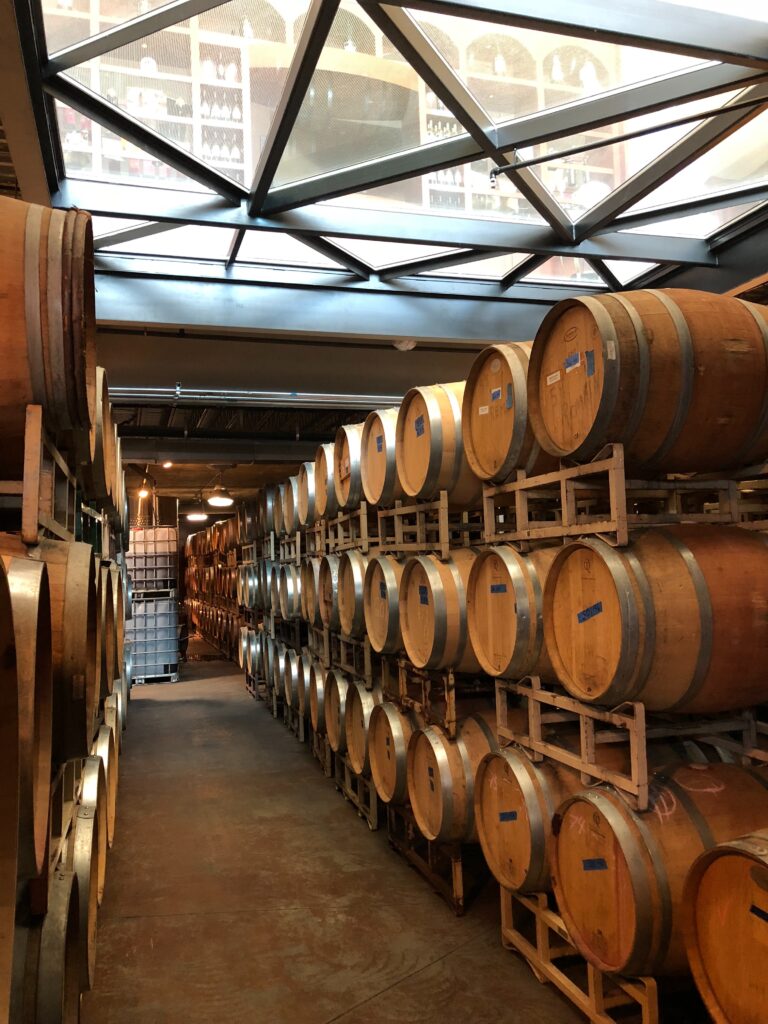After considering the sort of wood used to construct our barrel, we must determine the type of whisky we desire and, consequently, the type of cask to store our spirit. The cask’s previous contents will contribute significantly to the color and flavor of our whisky. The bulk of Scotch whisky is aged in either a sherry barrel or a bourbon cask, both of which take advantage of the fact that the Scots dislike wasting things and are pretty resourceful when goods are on sale.

According to U.S. law, Bourbon may be only aged in a virgin barrel, a cask that has never contained any other liquor. To be considered “Straight Bourbon,” the barrel must be charred and aged for a minimum of two years. Once the Bourbon is bottled, the barrel is no longer helpful. Something used for less than five years may still have another sixty years of life. Therefore entrepreneurial Scots utilize it to age their whisky.
Sherry Barrel formerly experienced a similar circumstance. Sherry is a fortified wine produced in the city of Jerez in the Andalusia area of Spain. Fino, Manzanilla, and Amontillado sherries are also available. Pedro Ximémez (PX) and Oloroso sherry barrels are the most commonly utilized. However, Fino, Manzanilla, and Amontillado are also available. Many people mistakenly believe that the sherry barrels used to age whisky were previously used to produce sherry. Sherry was a popular beverage in the British Isles for centuries, and it was simpler to transport in transit barrels constructed of European wood. This was because to the fact that it was less expensive, and since the sherry would only stay in them for a few weeks or months, it would have little effect on the sherry. As soon as the sherry arrived in the United Kingdom, it was bottled, and the barrel was discarded. Once again, these astute Scots found a purpose for all these unwanted barrels and quickly realized the effect it had on their whisky.
Actually, the sherry business employs the solera technique for aging. It is a complicated method for cascading liquid from barrel to barrel. It is vital that these barrels do not mix with the wine, which is why they are constructed from denser American oak. Solera casks have limited interaction with the liquid they contain, and as a result, they are not suitable for the aging of whisky.
The cost of utilizing sherry barrels has risen steadily over time. This is primarily due to the fact that the Spanish government modified the regulations regulating sherry in 1981, requiring that it be bottled in Spain prior to export. In addition, sherry consumption is declining in popularity. Thus there are fewer barrels available. Some distilleries have circumvented this issue by establishing their own cooperages in Spain and forming relationships with the sherry Bodegas to obtain a supply of sherry barrels. However, the barrels are most likely only aged with sherry for two to five years. The sherry used as a flavoring will probably be utilized to produce sherry vinegar or distilled into sherry brandy.
In general, Bourbon barrels provide creamy, gently sweet caramel and vanilla flavors, as well as a lighter golden-colored spirit. Sherry barrels offer you a sweet, rich, deep flavor, particularly dried fruit. Oloroso barrels may also impart a significantly drier flavor, and both produce a darker hue than Bourbon.
Obviously, Sherry and Bourbon barrels are not the only available options. The use of Cabernet Sauvignon, Chardonnay, and Rioja, as well as fortified wines such as Port, Madeira, Muscat, and Marsala, is increasing in popularity for wine cask finishes. The Balvenie Caribbean Cask 14-year-old is an example of a rum that is quickly gaining popularity: rum. This imparts a syrupy sweetness to the whisky, as opposed to a distinct sort of sweetness. While some of these barrels may be utilized for the whole aging of the whisky, they are most commonly employed for finishing.
The Scotch Whisky Association (SWA) is quietly changing the standards of a good barrel. It is now possible to obtain whiskies finished in Champagne, Cider, and Cognac, and a Tequila-finished whisky is rumored to be in the works. As long as the barrel in which the whisky is aged does not impart a flavor more similar to the liquid in the finishing cask than whisky, the SWA does not foresee a problem.
Glen Moray was one of the first distilleries to challenge SWA regulations by aging one of its whiskies in a cider barrel. Glen Moray sells some of its old barrels close to Edinburgh to Thistly Cross Cider in Dunbar. They are used to aging the cider there, which is excellent. However, they returned part of the barrels, and in 2018 a limited run of 2,000 bottles of cider-finished whisky was produced. Their justification for circumventing the SWA laws at the time was that the cask had previously held whisky and did not violate the guidelines.